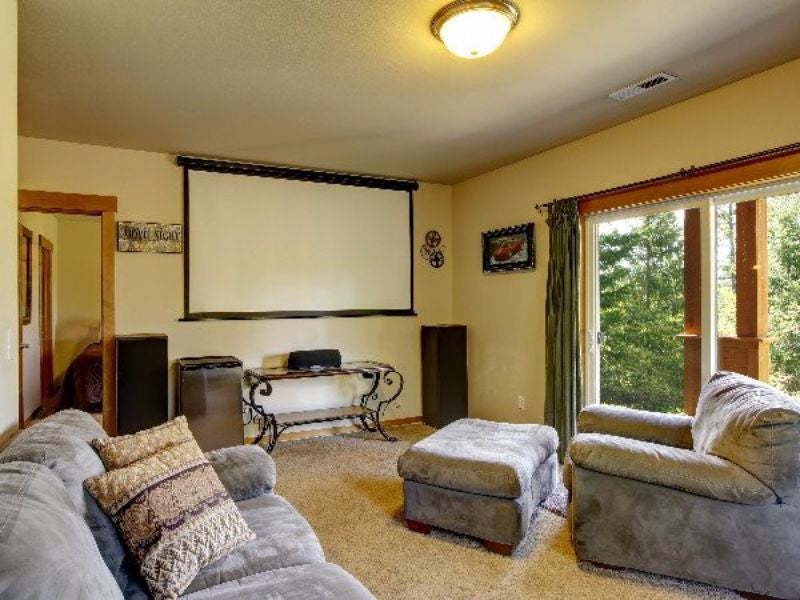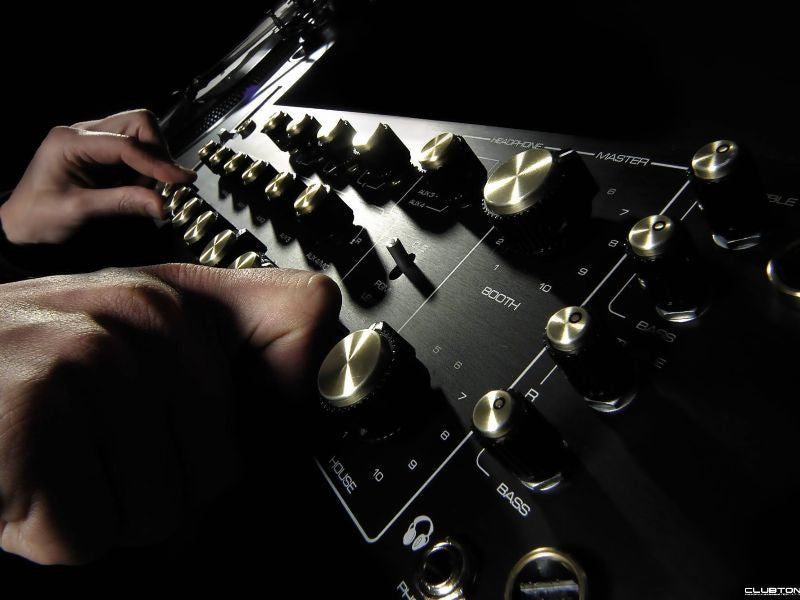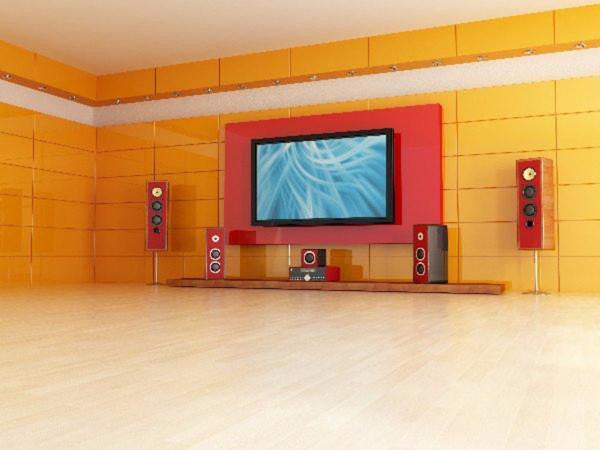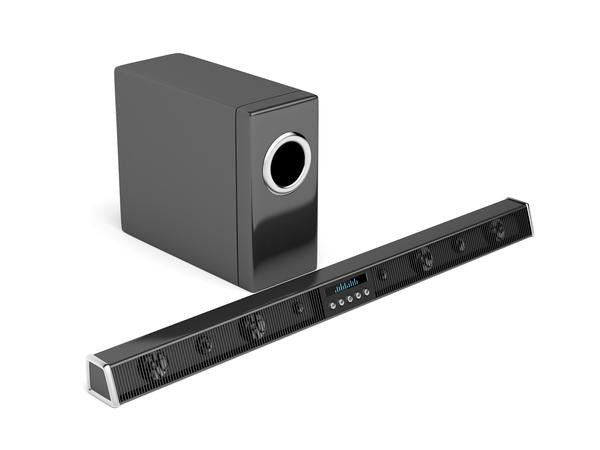Sound system for home to replace or repair?
The sad truth about home cinema systems is that by the time you really start getting a hang of your new gear (state of the art when you bought it – the product of months of hard earned money), some useful punk in some corner of the globe will come up with another new, even cooler technology that will make yours look like a museum artifact. Since most of us don't have the money to replace audio gear annually, we spend the next few years trying to be content with the ones we have.
The question of repair or replace is that ,at the root of it all there is a question of budget and shrewdness of investment. The objective at the end of the day, is to acquire the apex of audio technology in its fullest for the minimum possible sum of money. This can be done through repairs, replacements and a mixture of both. Let’s analyse each one of them for you.
What, When (and If) to Repair?
Whether or not to repair a malfunctioning home cinema system depends on the nature of the malfunction and the device it concerns. A repair often saves thousands of dollars that would otherwise be spent on a whole new home cinema. However, this is subject to the conditions of the device.
1. The device has to be reparable
Not every device in your home cinema system is capable of being repaired. For example, a speaker with a broken cone or magnet is highly unlikely to be reparable, as most brands do not offer them for sale separately.
2. Warranty
Individual parts of a home cinema system often come with separate warranties. If the part that is out of order is under warranty, it makes sense to get it repaired. Be sure to keep your warranty information intact and safe when you purchase your new home cinema, so that it can come handy in times like these. Realise that without a warranty, it is impractical to repair certain parts of your home cinema system. As a rule, if the cost of repairing a device is more than half of it's original price, it’s a good idea to replace it.
3. The Element of Risk
Certain failures in devices stem from faults in the integrated circuits that underlie the gadget’s operations. While these are easily repaired by technicians, it’s doubtful whether repair qualifies as a permanent solution or a short-term patch-up. Electronics is intricate and technicians often overlook the underlying conditions responsible for a certain malfunction, leading to repeated incidences that cumulatively cost a fortune.
Arguments for and Against Replacements.
From the point of view of quality, it is always a great idea to replace a home cinema system whenever something goes wrong. Replacements do away with the factor of risk, meander away from the troubles of warranty and repair-parts and customer service and whatnot, and upgrade your home cinema to the latest in the industry. The only reason to not do it is the price. Buying an entire home cinema system for the fault of a single node is a big expenditure, and it’s not recommended to do it without giving repair a generous heed. Not only does immediate replacement cost money, it also leads to the potential wastage and disposal or at least the gross devaluation of an otherwise highly capable and expensive piece of audio equipment.
One might also consider replacing a home cinema system when it gets obsolete because of the dearth of certain features which have become indispensable since the (old) home cinema was designed. In such cases, buying a new home cinema is a viable option, but that doesn’t imply an actual “replacement” of the old one. Read on for an explanation.
The Middle Path: Upgrade and Retrofit
This is the path that we at Jamsticks strongly recommend. It has to do with finding out the faulty node (either at home or through the help of a technician, and replacing that single piece of gear when a repair is impractical. Doing this, however, is not anybody’s cup of tea. Compatibility of individual parts of a home cinema system is selective (especially when you buy a home cinema manufactured by a single brand), and unless you’re commendably knowledgeable about the technicalities of audio gear, you might buy the wrong parts. Before you experiment with buying a new part, read up extensively on (and off) our website or post a query in our discussion forum giving the details of your existing gear.
“Retrofitting” your existing home theatre is to add new functionalities to it – usually functionalities that have developed or grown in popularity since the time you bought it. Doing this follows a similar course of action to upgrading faulty nodes with new alternatives. Even when your home theatre is old enough to be obsolete, consider that it might be a better option to just use your existing gear as an augmentation to your new home theatre instead of throwing it in the garbage bin.
The main benefit of upgrading and replacing your home theatre is that it utilizes every little piece of equipment that you purchase to the fullest, thereby minimising your expenditure while actually improving the quality of sound you get.






Comments
0 comments